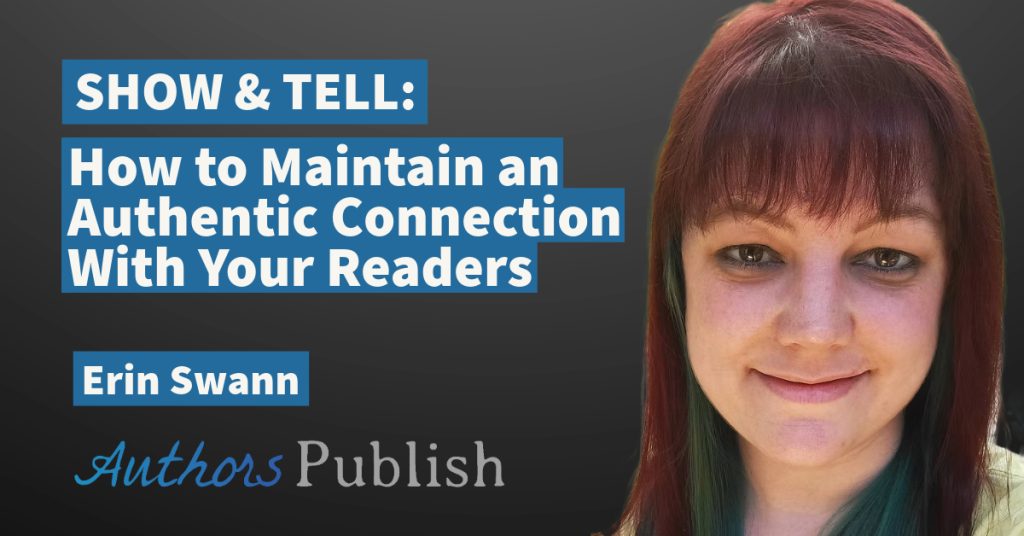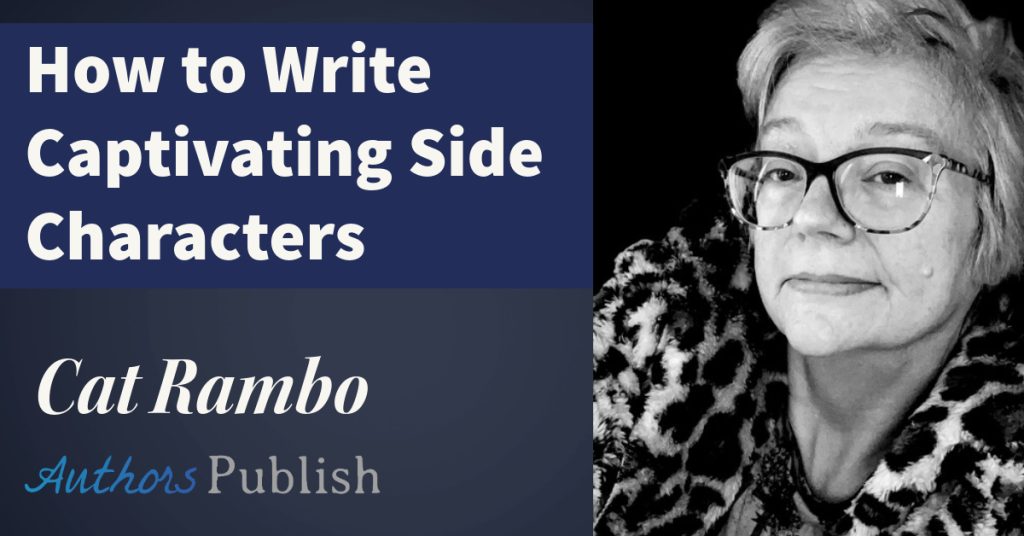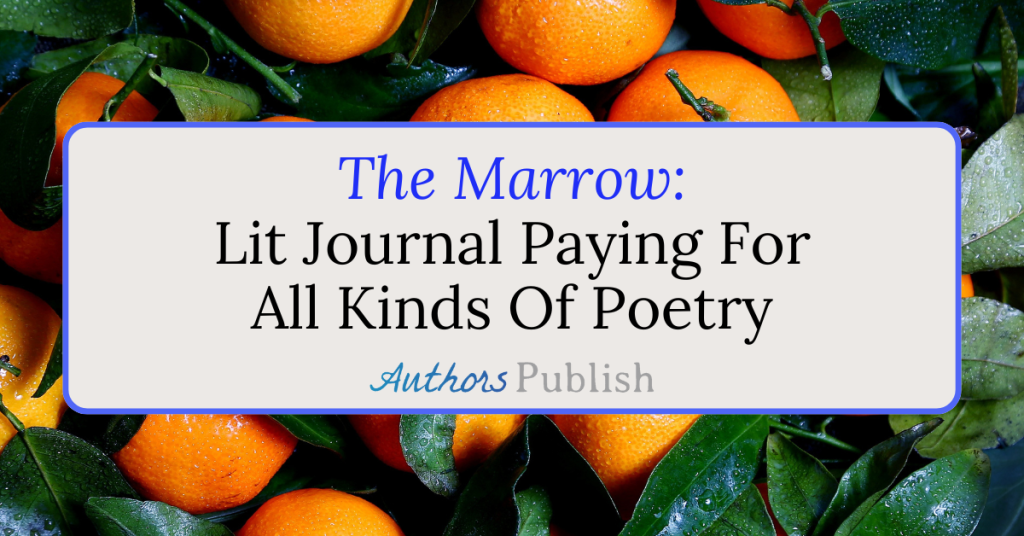By Ley Taylor Johnson
Now that you’ve reached the middle of your story, it’s time to kick up the tension with a good old-fashioned plot twist. The midpoint is a great place to up the stakes of your story, giving your protagonist new paths to explore and new challenges to overcome, all while building up to the final, climactic showdown in Act 3.
The problem is that it’s not always easy to up the stakes. You have to walk a careful line between doing too much and too little —overloading your midpoint can slow down your pacing at a crucial time, but a weak twist makes your hard-earned tension fizzle out and leaves readers feeling unsatisfied.
To help you out, here are some tips on how to cinch your midpoint twist and ensure it’s serving your story on all levels.
Introduce a complication to your current stakes.
The midpoint twist is intended to raise the stakes of your story, introducing new information and obstacles that grow into your final conflict. As I mentioned above, the key is raising the stakes the right amount — you don’t want your twist to feel inconsequential, but you also don’t want it to completely upend your story and potentially overshadow your actual climax.
Try thinking of your midpoint twist as more of a complication than a conflict. Whatever you introduce at the midpoint should shift or decontextualize your stakes, rather than completely changing them. Your protagonist should be able to carry on with business as usual, just under slightly different circumstances. The Save the Cat! method refers to this stage as a false victory or defeat — the protagonist hasn’t truly succeeded or failed at their ultimate goal at this point, they’ve simply experienced a change in their pursuit of that goal.
Say you’re writing a murder mystery. At the midpoint, your protagonist should not yet have caught or lost their culprit, but they should experience some kind of event that ups the ante of their investigation. Maybe a second murder happens that completely eliminates their prime suspect as a candidate. Your protagonist is still trying to track down the murderer, but they now have to go back to the drawing board for new suspects, and are doing so with the knowledge that even more lives are at stake than before. Nothing has changed significantly, they’ve just encountered a complication that makes their investigation more difficult.
Shift the focus to your final conflict.
There are three points at which your story’s tension should reach a natural peak — the inciting event, the midpoint, and the climax. The events of Acts 1 and 2 should build toward their respective tension points, with each serving as a stepping stone to the finale. The first half of Act 2 should build toward the midpoint, but once you reach the twist, it’s time to shift gears and start prepping for the climax. This ensures the story is constantly moving forward, even if the events of the midpoint feel like a step backward.
Your midpoint twist should be an end to one source of tension and the beginning of another, the latter of which will escalate into the climax. As you close up your loose threads and any misinformation that the protagonist may have been working with, be sure you take the time to set up new leads and start hinting toward the next conflict. This gives the readers a moment of catharsis for the tension you’ve built so far, and gives them a new story hook to latch onto going into the second half of the story.
In our murder mystery example, the second murder at the midpoint twist likely feels like a step back because the protagonist was unable to prevent another death and now has to go back to the drawing board to find a new suspect. At the same time, however, it moves the story forward in that readers now have a resolution regarding the first suspect, and introduces the threat of an angry killer who’s now motivated to further hamper the investigation and potentially take even more lives. It may also introduce a clue that sheds new light on old evidence, ultimately putting the protagonist on the right track instead of wasting their time on a red herring.
Expose the protagonist’s fatal flaw.
Finally, it’s important to remember that the midpoint twist happens not only in the middle of your plot, but also in the middle of your protagonist’s character arc. This makes it a great time to check in and show readers exactly where they are in terms of their development.
By the midpoint, it should be clear to readers what the protagonist’s fatal flaw is — in other words, what’s holding them back from their apotheosis, and what they need to overcome in order to conquer the climax. The best way to do this is to ensure that the complication introduced in the midpoint twist is either the direct result of the protagonist’s flaw, or that it puts your protagonist in a position where they can no longer easily hide their flaw. This has the added benefit of making sure your protagonist has a measurable effect on the world around them and vice versa — they can either see the results of their actions, or feel the results of their inaction.
Let’s take one more look at our murder mystery example. Perhaps the second murder could have been prevented if it weren’t for the protagonist’s stubbornness. Maybe they were presented with an opportunity to catch the real killer, but were so focused on proving they were right about their first suspect that they didn’t take an action that could have saved the victim’s life. The protagonist may not understand their role in the outcome and may instead simply be frustrated that they were wrong, but readers (and even other characters) can tell that their choice resulted in a worse outcome than if they’d been more open-minded and willing to admit they were wrong.
With these tips in mind, you can fine-tune and tighten up your midpoint twist to maintain the perfect amount of tension moving from the first half of your story into the next. Readers will be left with a satisfying conclusion to the story they’ve read so far, and will be prepared and excited for the story yet to come. While you may need to come back and add some additional setup and foreshadowing once you’ve actually written the climax, this should give you a good launching point for the rest of your rising action.
Bio: Ley Taylor Johnson is a freelance fiction editor and writing coach. Having spent all their life in the rainy PNW, they know the value of spending time inside with a good book, and have channeled their passion for storytelling into a career helping indie authors bring their stories to life. Check out their website for more information, and their Instagram for more general writing geekery.






